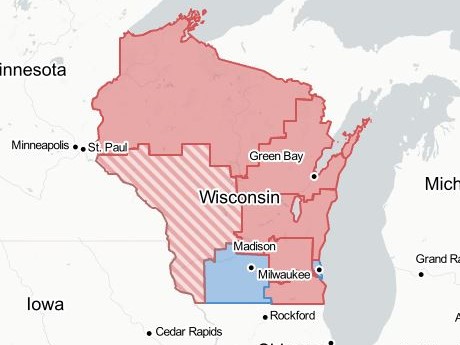Gov. Tony Evers says he'll veto proposed GOP maps unless they're revamped significantly and then call the Legislature to a special session to take up his maps.
"The bill is right here," he said after releasing the final proposals from his People's Maps Commission. "Right now it's ready to be introduced and considered and there's not a single excuse I've heard any Republican give as to why they won...
Please log in to access subscriber content.
If you don't have a subscription, please contact schmies@wispolitics.com for subscription options on the WisPolitics-State Affairs platform, which is the new home for WisPolitics subscriber products.


